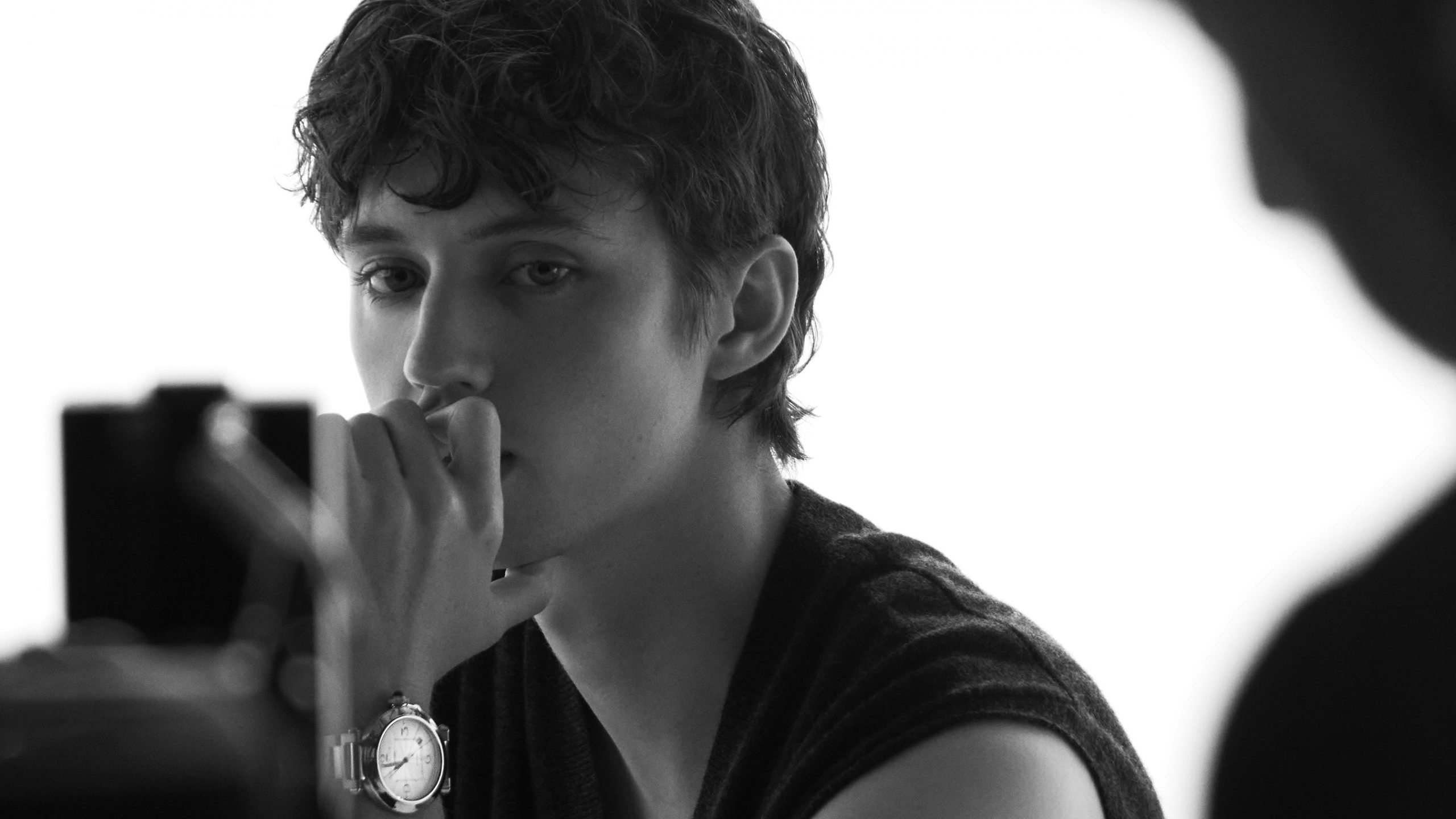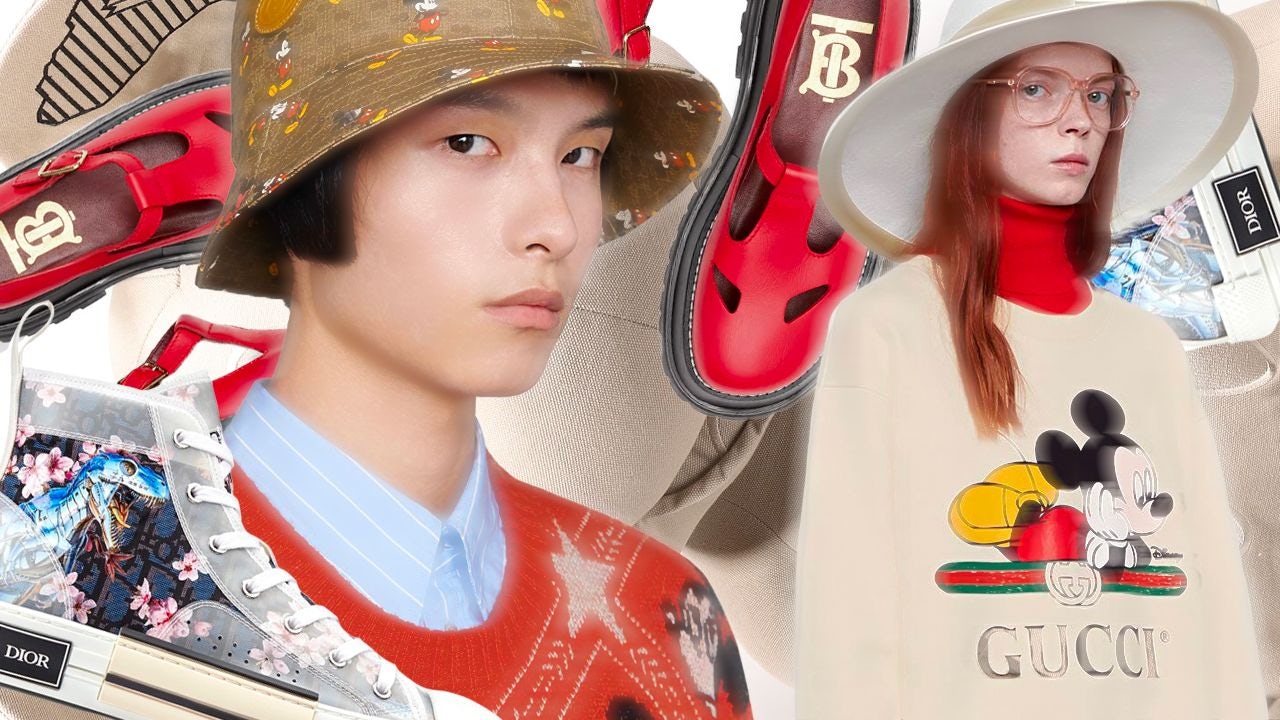Coming off of a challenging 2020 that saw revenue crater in most markets — with the big exception of mainland China — luxury brands are starting off the new year with rosier outlooks, heartened by the early distribution of Covid-19 vaccines and signs that consumers are keen to get back to pre-pandemic shopping as quickly as possible.
For brands, the marketing approach for 2021 seems to be: do globally what worked in China last year. This means, in essence, a full embrace of content-commerce strategies that entertain consumers while paving a smooth path to (mostly online) purchase, leveraging data along the way to ensure that the right messaging is hitting the right eyeballs and being tweaked along the way.
Considering the pandemic is far from over and offline “revenge spending” has not yet picked up in Western markets as it did in China last spring and summer, e-commerce livestreaming is primed to become a crucial trend for brands in beauty, fitness, and premium fashion over the course of winter and spring 2021.
In the offline sphere, brands are likely to continue centering their physical-world efforts in China (as they have since early summer 2020), looking to take advantage of their momentum there and cater to the newly enthusiastic domestic luxury shopper. As mainland Chinese luxury consumers will likely curtail long-haul international shopping trips for much (or all) of this year, luxury brands will have to amplify efforts to tap local demand in cities like Shanghai while expanding physical store footprints into lower-tier cities across China.
Much of what we’ve seen over the past six months bears this out. In July, Cartier released its latest Pasha watch in China, two months before it hit the rest of the world, and the following month Louis Vuitton held a large-scale outdoor fashion show in Shanghai. On the brick-and-mortar front, brands such as Loewe are planning to expand their store networks into cities such as Wuhan, Xiamen, and Ningbo in 2021. For its part, this year Moncler will move its Genius show from its usual home at Milan Fashion Week to Shanghai.
While luxury brands continue to iterate on their hybrid online-offline strategy in mainland China and ride the video wave that has propelled platforms to Bilibili to ever-increasing highs, marketing efforts in the more established markets of North America and Western Europe may be more of a rerun of what worked in China at the beginning of the pandemic a year ago. As most brands have already hopped onto the “cloud living” bandwagon by creating more online content — cosmetics tutorials and streaming workouts, among other things — it looks like e-commerce livestreaming could be next.
However, in markets like the United States, it may be an uphill battle for e-commerce livestreaming to achieve critical mass among high-end brands. As Mark Yuan of the consultancy And Luxe told Alizila last month, “Livestreaming, the way I described it to American and European audiences is a combination of QVC, Instagram Live, and Etsy. It’s an e-commerce website all rolled up into one immersive, 3D, live, interactive, social, as well as very, very engaging shopping experience.” For many Americans, the idea of tuning in for an hours-long sales pitch akin to those hosted by a Li Jiaqi or Viya might be a hard sell. But, given the right platform and personality, we very well could see the rise of the “sell-anything” influencer take off in the West in 2021. The question is whether luxury brands will see it as a viable marketing avenue outside of China in the near to medium term.
TikTok-commerce, too, may be hard for many, if not most, luxury brands to embrace, particularly if Walmart and Oracle’s will-they-won’t-they deal to purchase the platform’s U.S. operations finally goes through. Despite the clear growth potential that e-commerce livestreaming holds for consumer goods and fast-fashion brands, it will remain to be seen whether higher-end brands are willing to give it a shot this year, or if livestreaming will simply remain a simple way to broadcast events and interviews as it has for the last few years.
What is more likely this year is that brands will take a different page from the content-commerce playbook that has worked so well in China and spend significantly more on brand integrations on streaming television shows and films. Already in the U.S. brands are investing in co-starring roles — as CCI noted in November, one such Netflix show, “Get Organized with the Home Edit,” heavily integrates its primary sponsor, The Container Store, yet struggles to close the commerce loop.
And, looking a lot like the custom reality shows that have taken hold in China, meditation app Headspace is producing three branded shows for Netflix in 2021 — The first, an introduction to the practice hosted by Headspace co-founder Andy Puddicombe, premiered just in time for everyone’s New Year’s resolutions on January 1. The trend this year may be in higher-end brands figuring out new ways to smooth a path to purchase for viewers of sponsored TV programs or streaming films on platforms like Amazon Prime.



